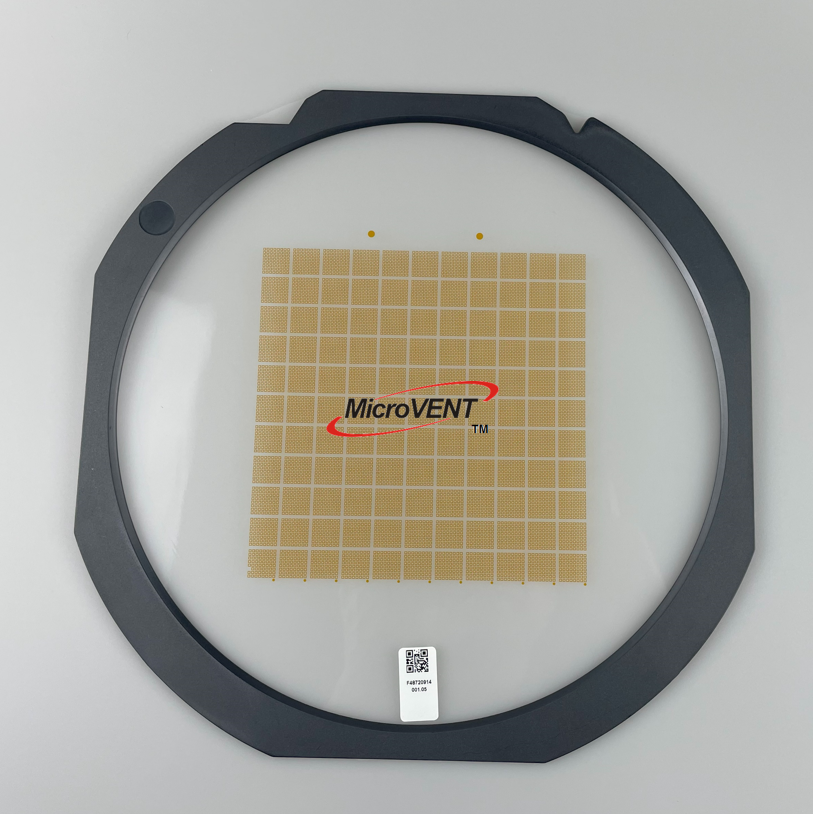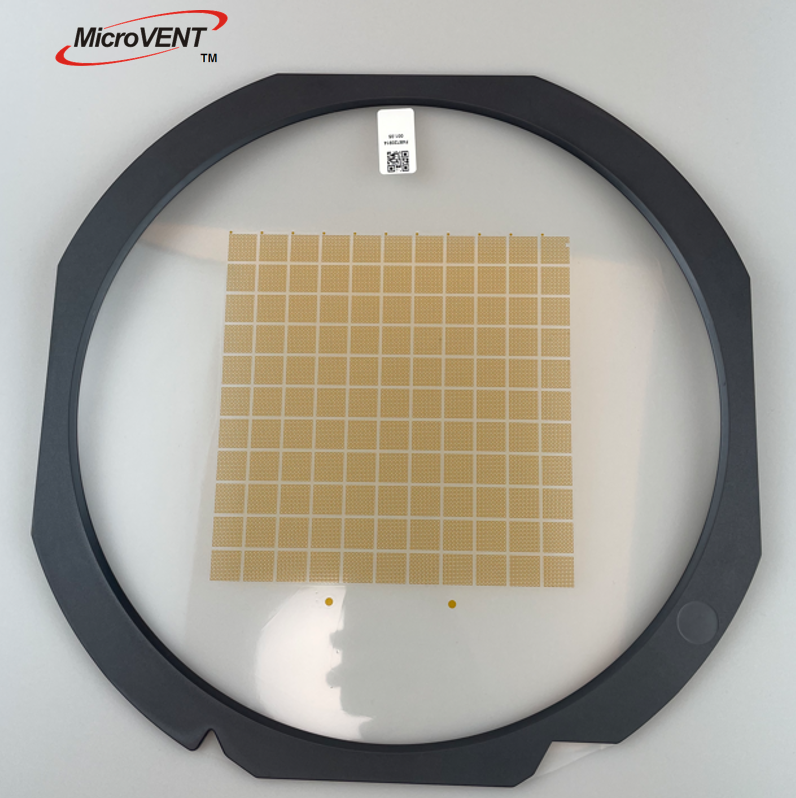Smart Integration and Connectivity Features
The mems pressure vent incorporates advanced smart integration capabilities that transform traditional pressure regulation into an intelligent, connected system component capable of enhancing overall system performance through real-time monitoring and automated control functions. Digital communication protocols embedded within the mems pressure vent enable seamless integration with industrial control systems, building automation networks, and Internet of Things platforms through standardized interfaces including Modbus, CAN bus, and wireless connectivity options. The intelligent features of the mems pressure vent include self-diagnostic capabilities that continuously monitor system health, detect anomalies, and provide predictive maintenance alerts before performance degradation occurs, significantly reducing unplanned downtime and maintenance costs. Remote monitoring capabilities allow operators to access real-time pressure data, historical trends, and system status information from anywhere with network connectivity, enabling proactive system management and rapid response to changing conditions. The mems pressure vent supports automated calibration routines that maintain accuracy over time without manual intervention, utilizing built-in reference standards and sophisticated algorithms that compensate for environmental changes and component aging effects. Machine learning algorithms integrated into advanced mems pressure vent models analyze operational patterns and optimize performance parameters automatically, learning from system behavior to improve efficiency and reliability continuously. The connectivity features enable integration with enterprise resource planning systems, allowing the mems pressure vent data to inform production scheduling, quality control processes, and maintenance planning decisions. Cloud-based analytics platforms can aggregate data from multiple mems pressure vent installations across facilities, providing insights into system performance trends and optimization opportunities that would be impossible with traditional mechanical vents. The smart features of the mems pressure vent include configurable alarm thresholds, automated emergency responses, and integration with safety systems that enhance operational safety and regulatory compliance. Users benefit from reduced operational complexity as the mems pressure vent intelligent features automate many tasks traditionally requiring manual intervention, freeing technical personnel to focus on higher-value activities while ensuring optimal system performance through continuous automated optimization.


